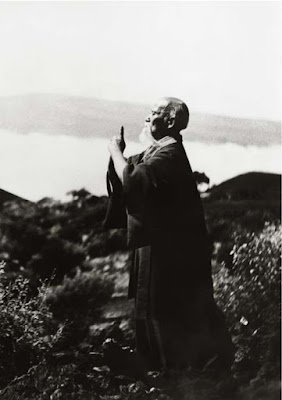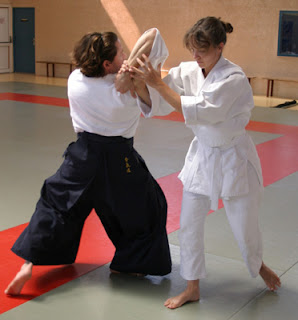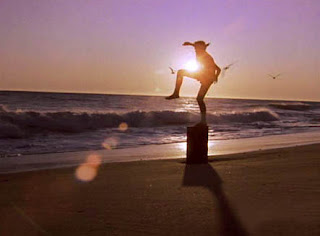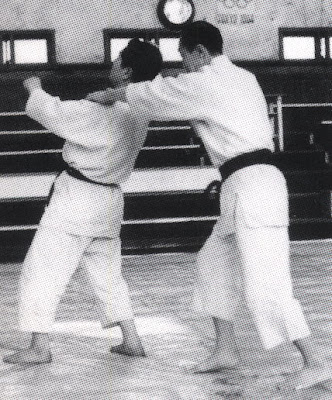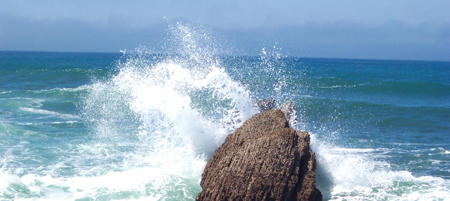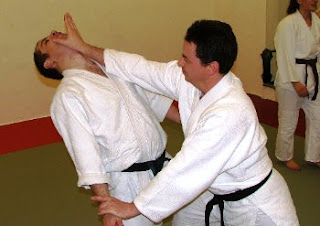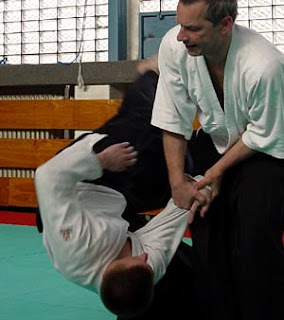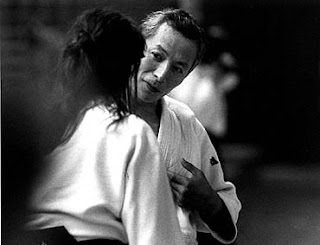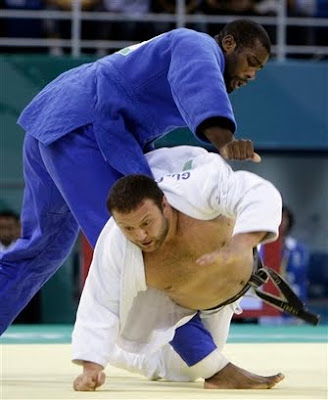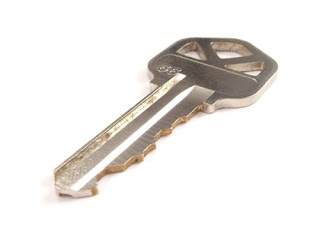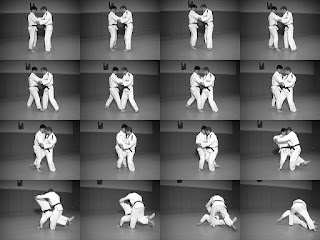Hard to fight what you've never seen
One of the greatest potential weaknesses of any martial art is the fact that it's hard to fight what you've never seen before. The Gracie family proved that quite effectively when they took every kind of fighter who signed up for the UFC and took them to the ground. Virtually no other style ever spent time on the ground, so the jiu-jitsu folks had a field day once they got down there. Aikido is like that. No ground game whatsoever. Our particular school or ryu or whatever has a supplementary system of very basic, self-defense ideas for aikidoka because our organization historically has also been involved with judo as well. It works pretty well against people without much training should things degrade to a ground fight. Against a trained grappler, however, you're more or less toast. But even in judo, which of course has a grappling component, has left out certain aspect of the ground game, namely in the interest of sport. There's no wrist locks, for instance, no ank

